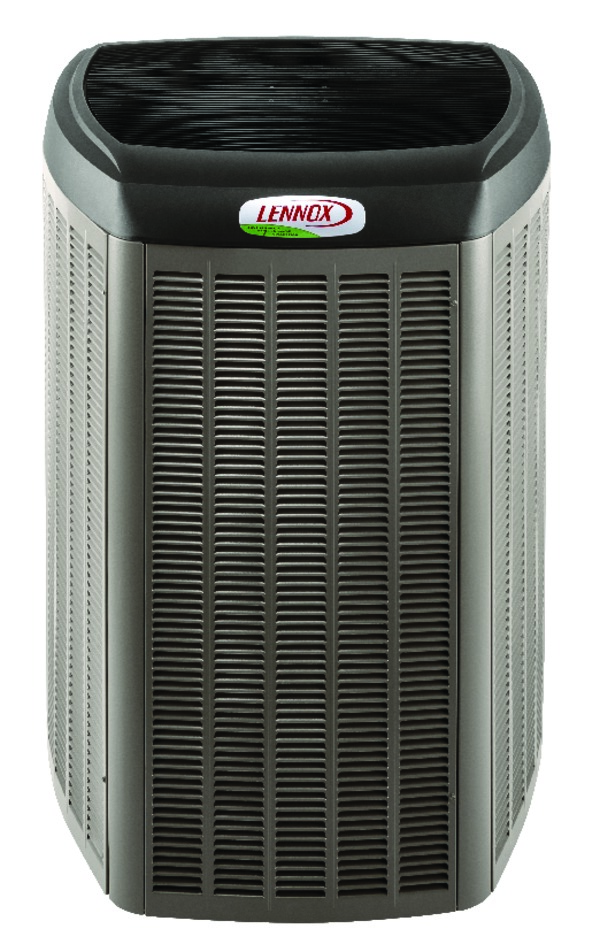Homeowners who are in the market for a new air conditioning unit must take into account Seasonal Energy Efficiency Ratio (SEER) ratings, which measure a unit's efficiency. While this number may not be the only or most important deciding factor when purchasing a new unit, it should be a consumer's starting point.
What is SEER?
SEER ratings are basically the equivalent of the Environmental Protection Agency's estimated miles per gallon figure displayed on all new cars. Essentially, the SEER ratings determine the efficiency of the unit throughout the cooling season. Since January 2006, however, Congress changed the minimum rating to 13 or 14 (depending on where you live). The rating is classified as the ratio of cooling power (measured in British Thermal Units or Btus) to the energy consumed (measured in watt hours). Homeowners can find a unit's SEER rating located on the yellow Energy guide label. Consumers can use these ratings to compare one unit's efficiency to another. In theory, the higher the SEER rating, the more efficient it will be during the sweltering summer months.
How is it Different From EER?
Before SEER there was only the Energy Efficiency Ratio (EER) introduced in 1975 by the Air Conditioning, Heating and Refrigeration Institute. In 1978, however, Congress decided to require that all "appliances" be tested with seasonality in mind. Since climate zones differ across regions, efficiency ratings needed to reflect that. Unlike the SEER testing methods, EER measures efficiency while the system runs under a fixed set of conditions. SEER testing conditions, however, are calculated using a constant indoor temperature and differing outdoor temperatures ranging from 60 to 100 degrees Fahrenheit. While SEER is a universal measure of efficiency, it does not take into consideration the location of use. The average summer temperatures differ from region to region so a specific unit will not work the same everywhere.
Considerations When Buying an Air Conditioner
SEER ratings are only a vague representation of a system's efficiency. Tested under rigorous conditions, the ratings do not represent how a unit will function in real-world circumstances. Even more important than the ratings is the right sizing of a new air conditioning unit in relation to the building size. A unit that is over or undersized and not installed correctly drastically reduces the SEER efficiency and any expected energy-saving benefits.
SEER ratings are integral, but not as much as the installation and sizing. For more guidance on choosing the right air conditioning unit to beat the summer heat, contact Burgeson's at (909) 792-2222.












